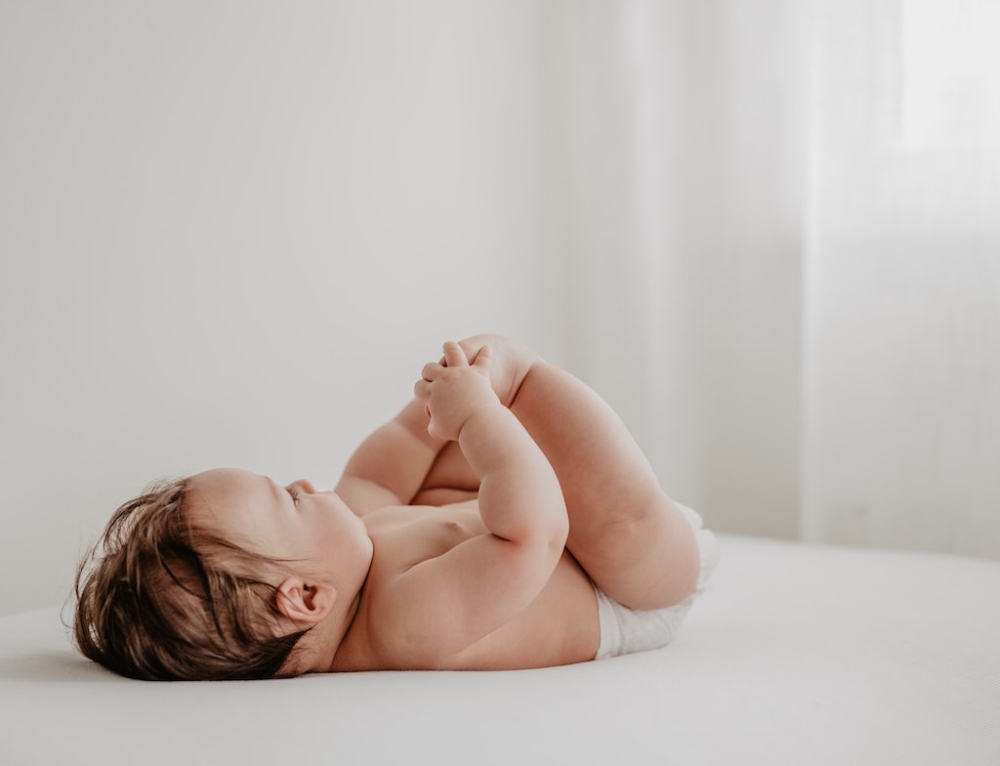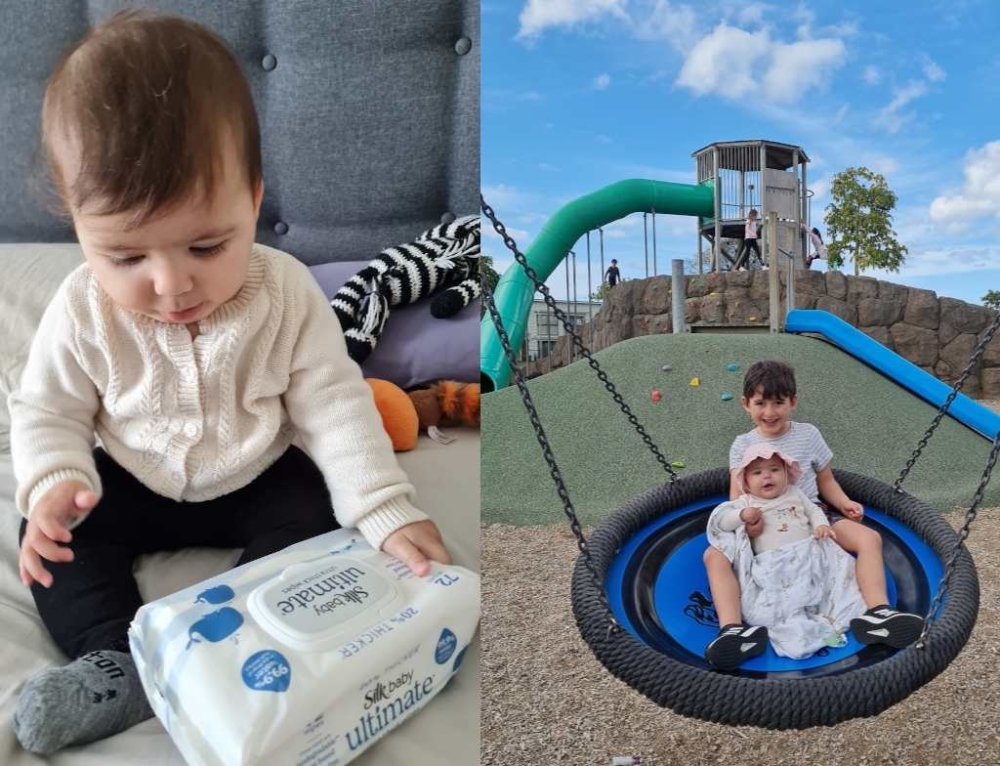Attachment Parenting is the style of parenting that most of us use today without a second thought. By encouraging you to be more in tune with the individual needs of your child, you’re no longer chained to by-the-clock feeds or rigid sleep schedules. With attachment parenting you can discover what works best – and what doesn’t work at all – for you and your baby.
-
Bonding at birth.
Straight after birth both you and your baby are biologically programmed to want to be physically close. With this solid bond in place, you can begin to build strong nurturing and emotional bonds together. But don’t worry if medical complications at birth keep you temporarily apart – birth bonding isn’t some type of magical superglue that will bond you and your child forever; instead it’s just the first step in building a complex relationship with your child that will last a lifetime.
-
Breastfeeding.
Taking the time to learn to breastfeed will pay dividends later when you can sit (or lie) quietly with your baby and spend a little skin-to-skin time with her. No matter how hectic everyday life is, the pace always slows and calms when you are feeding. Breastfeeding also gives you the time you need to learn to read your baby’s cues, and her body language.
-
Understanding your baby’s cries.
In the early days, your baby’s cry is the only means she has to get your attention, and responding each time to her cries will build trust. While it may seem overwhelmingly impossible at first, you’ll learn to differentiate between the cries. Her cry of pain is different to her over-tired cry, which is different to her I’m-awake-now-come-and-get-me cry. By responding to her cries, you will build ways of communicating; just when communication can seem full of mixed messages.
-
Holding your baby.
Many parents discover early on that your baby will fuss less when she’s in a set of loving arms. While it may slow busy parents down – how do you cook dinner while holding your baby? – it’s true that babies are more content in your arms than out, particularly during that notoriously difficult wakeful period late in the day. By hanging out with you, your baby will spend more time in a state of quiet alertness, the behaviour state in which babies do a lot of learning, and you’ll get to know your baby better
-
Bed-sharing.
For many parents sharing their bed with their newborn – at least in the early days – is the best way to guarantee a good night’s sleep. In the past bed-sharing was seen as potential hazardous to the child, but these days, bed-sharing is viewed as a comforting way for your baby to sleep, as it allows for close touching and feeding overnight which will help your baby will learn to settle herself.
Note:
- Unsafe – Co-sleeping has been linked to infant sudden death syndrome (SIDS) or Sudden Unexpected Death of an Infant (SUDI). A study published in 2013 concluded “88% of the deaths that occurred while bed sharing would probably not have occurred had the baby been placed on its back in a cot by the parents’ bed.” The dangers of co-sleeping include your baby suffocating by either a parent or bedding blocking their airways, your baby overheating, your baby getting caught between the mattress and the bed, falling off the bed and more. The Pepi Pod is a safe alternative. Cot, bassinet, side-sleeper, co-sleeping, separate rooms; whatever sleep scenario you decide on for your baby the most important thing is safety. Make sure you read up about SUDI and what you can do to prevent it.
Read more:
- The ultimate guide to where baby sleeps best
-
Aim for balance.
While Attachment Parenting is meant to encourage your closeness with your baby, it’s not meant to replace other relationships. In your enthusiasm to be in tune with your child, it’s easy to turn yourself into an exhausted martyr and to neglect your own needs and those of your partner. The key to having balance in your parenting style is to be appropriately responsive to your baby, and being able to ask for help when you need it.
This article was written by Ella Walsh for Kidspot.







Leave A Comment
You must be logged in to post a comment.